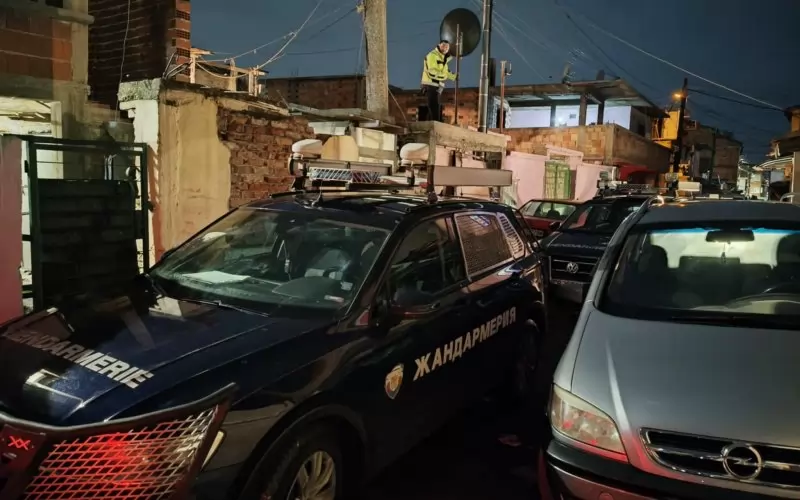Strochlic (2013) discusses the role of the Rroma in the United States on the basis of the reactions of American Rroma to the case of the blond Rroma girl Maria. Maria was taken by the Greek authorities in the fall of 2013. As it turned out, she is from a Bulgarian Rroma family. The blonde girl sparked a debate about persistent racism and prejudice against the Rroma. In the U.S., the Rroma are clearly better integrated than in Europe. But most of them keep their identity a secret because they fear discrimination and exclusion. The integration of the Rroma in the U.S. therefore primarily works by secrecy and an absence of history: „In the U.S., they’re scattered: coming from a multitude of countries, speaking many dialects, practicing disparate traditions, and observing various levels of traditionalism. But few Americans realise that there are Roma living in their midst […] Undocumented by the U.S. Census, American Roma may keep their heritage under wraps, but when it does emerge, they’ve faced discrimination from friends, landlords, waiters, classmates, strangers, cops, store clerks, and professors. Many were raised with warnings not to tell others of their ethnic identity, and so they remain a hidden ingredient in America’s melting pot.” As their European relatives, the American Rroma fight with massive prejudices that persist in the minds of many people. The negative stereotypes are confirmed by most media and are even increasing. Strochlic presents a chronology of American Rroma activists who fight against prejudice and exclusion. To remain silent and to accept the defamations is not the right way to go.
- Strochlic, Nina (2013) American Gypsies Are a Persecuted Minority That Is Starting to Fight Back. In: The Daily Beast online vom 22.12.2013. http://www.thedailybeast.com/articles/2013/12/22/american-gypsies-are-a-persecuted-minority-that-is-starting-to-fight-back.html







